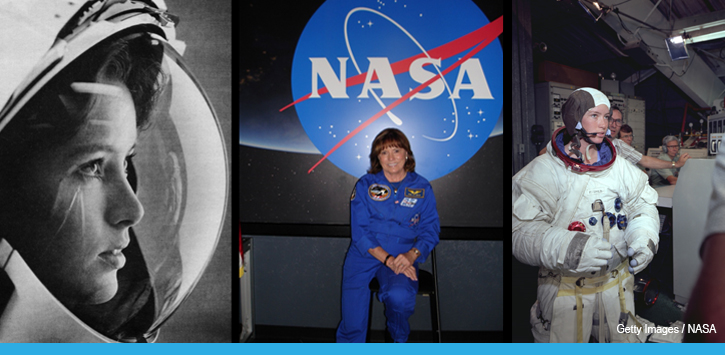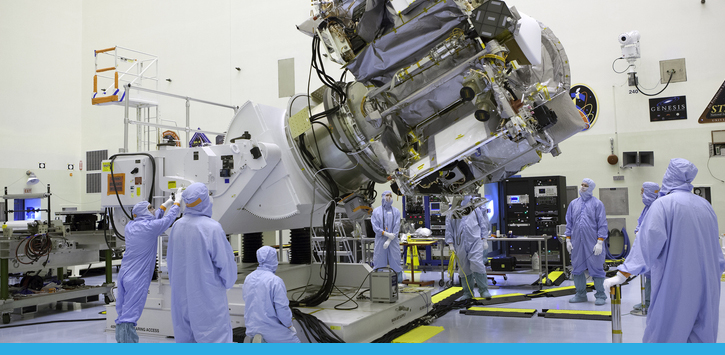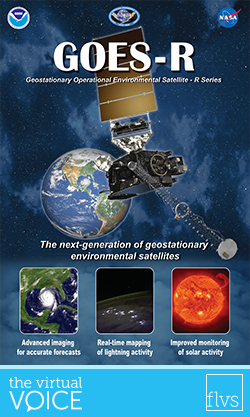Virtual Field Trips
5 Lessons Learned from Elementary Career Day
By Guest Blogger on May 2nd, 2019
 How many kids dream of becoming an astronaut as a child?
How many kids dream of becoming an astronaut as a child?
At this year’s FLVS Flex Elementary Career Day, NASA Astronaut Dr. Anna Fisher shared a story that was out-of-this-world and inspired kids to never give up on their dreams. Dr. Fisher served as a Mission Specialist on the STS-51A Discovery in 1984. She was just one of our special guests who recently came to visit the virtual classrooms of our elementary students.
Here are just a few of the lessons our students learned at Career Day! Continue reading
Following Science in Space: NASA’s Asteroid Mission
By Florida Virtual School on February 27th, 2019
Love space science? Follow us on Instagram for live STEM events throughout the year, including the SpaceX Crew Dragon test flight on March 2, 2019.

Two and a half years ago on September 8, 2016, I was able to witness the launch of OSIRIS-REx to share with our school community.
I’m sure you’re wondering what that means, right? OSIRIS-REx is a NASA asteroid study and sample return mission. OSIRIS-REx stands for Origins, Spectral Interpretation, Resource Identification, Security Regolith Explorer. Its main goal is to obtain a sample of at least 60 grams of rock from an asteroid called Bennu, a near-earth asteroid with lots of carbon in it. Now if you’re wondering exactly how much 60 grams is, one candy Skittles is approximately 1 gram. Imagine 60 of those and that’s how much of Bennu we will be bringing back to the Earth. And wait for it…it will take seven years before the mission is completed!
During our live lessons for Earth Space Science, we’ve been discussing current science events and all things space – including updates from Bennu. Continue reading
FLVS Attends GOES-R Satellite Launch
By Florida Virtual School on December 7th, 2016
 On Saturday, November 19, I had the privilege of watching the GOES-R weather satellite launch from Kennedy Space Center.
On Saturday, November 19, I had the privilege of watching the GOES-R weather satellite launch from Kennedy Space Center.
Now you may be wondering what GOES-R stands for. It’s the Geostationary Operational Environmental Satellite, a satellite system that orbits the earth and sends data back to National Weather Service computers. The R indicates what number or version the GOES satellite is on, so there have already been versions A-R. GOES-S is slated to launch next year and is the twin to GOES-R.
Of course, weather satellites get launched all the time, so why would this one be any more special than the others?
Well, right now we receive images of satellite scans every 30 minutes or so. The GOES-R satellite will provide data at least every five minutes, and in some circumstances every 30 seconds! So not only will it be five times faster than current weather satellites, but it will also gather three times more data and it will have four times better resolution. Continue reading
